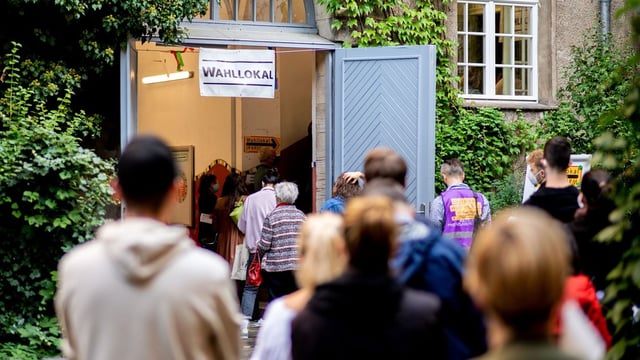Overview
- Hudde’s new book “Wo wir wie wählen” uses data from the 2021 and February 2025 Bundestag elections to analyze 94,000 voting districts and identify four distinct voting patterns.
- Two-thirds of German voters reside in “Typischdeutschland” districts where local vote shares closely mirror the composition of the Bundestag.
- The “AfD trifft Linke” pattern remains dominant in eastern regions outside metropolitan and university centers and is increasingly visible in disadvantaged western areas such as parts of the Ruhrgebiet.
- Major cities and university towns like Berlin, Hamburg, München, Tübingen, and Jena exhibit a “Grün-Links” pattern while rural Bavaria and similar areas show a conservative mix of Union and Free Voters support.
- Hudde stresses that success in future chancellor races depends on winning over voters in “Typischdeutschland” small and medium-sized towns rather than focusing solely on urban or rural strongholds.
